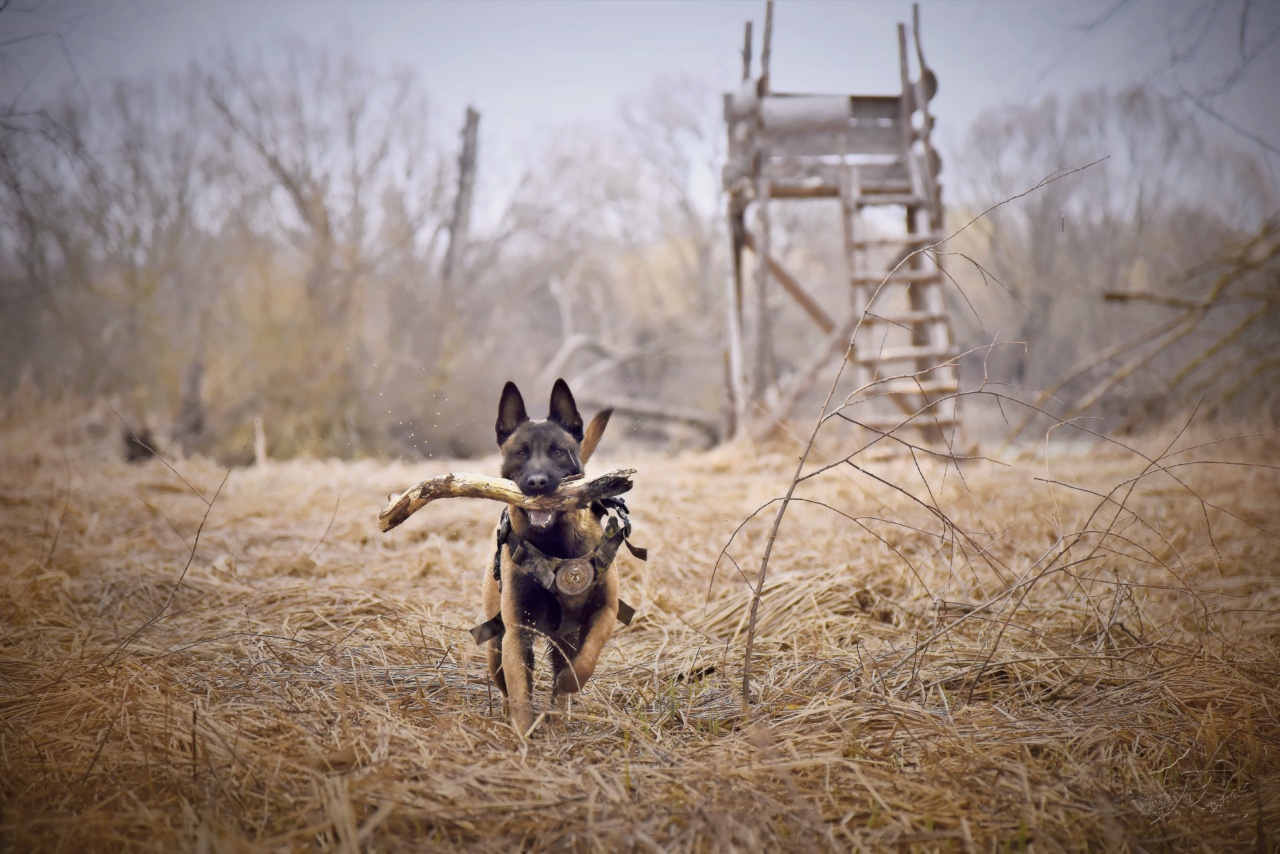Dogs are wonderful companions, but sometimes their behavior can be challenging. Whether your dog is displaying aggression, disobedience, or simply lacks basic manners, training is essential for improving their behavior.
With the right techniques and consistent practice, you can effectively shape your dog’s behavior and create a well-behaved and happy furry friend. In this article, we will explore some effective training techniques that can help you tackle common behavior issues in dogs.
1. Positive Reinforcement Training
Positive reinforcement training is one of the most effective and humane ways to train a dog. This technique involves rewarding your dog for exhibiting desired behaviors, such as obeying commands or displaying good manners.
The rewards can be treats, praise, or playtime, depending on what motivates your dog. By associating positive consequences with good behavior, your dog will be more likely to repeat those behaviors in the future.
2. Clicker Training
Clicker training is a popular form of positive reinforcement training. It involves using a small device called a clicker to mark the desired behavior and immediately follow it with a reward.
The click sound helps to capture the exact moment your dog performs the desired behavior, making it easier for them to understand what they are being rewarded for. Clicker training can be used to teach various commands and tricks, and it is particularly effective for shaping more complex behaviors.
3. Consistency and Patience
Consistency and patience are key when it comes to training dogs. Dogs thrive on routine, so it’s important to establish consistent rules and expectations.
Ensure that everyone in your household is on the same page and follows the same training techniques. Additionally, remember that dogs learn at their own pace, so be patient and avoid getting frustrated. Training takes time and repetition, and your dog will gradually understand what is expected of them.
4. Socialization
Socialization is crucial for a well-behaved and balanced dog. Exposing your dog to various people, animals, and environments from an early age will help prevent fearfulness and aggression.
It is important to introduce your dog to new experiences gradually and in a positive and controlled manner. Enrolling your dog in a socialization class or organizing playdates with other friendly dogs can also greatly contribute to their social development.
5. Obedience Training
Obedience training is the foundation of good behavior in dogs. Teaching your dog basic commands such as sit, stay, come, and heel not only ensures their safety but also establishes you as the leader.
Obedience training should be conducted in a controlled environment, free from distractions. Once your dog masters the basics, you can gradually increase the level of difficulty by practicing in different locations with increasing distractions.
6. Leash Training
Leash training is important for both the safety of your dog and others. Many dogs tend to pull on the leash, which can be both frustrating and dangerous. Using positive reinforcement techniques, train your dog to walk politely on a leash without pulling.
Start by rewarding your dog for walking close to you without tension on the leash and gradually increase the duration and distractions during the walks.
7. Addressing Problem Behaviors
If your dog is displaying problem behaviors such as aggression, excessive barking, or chewing, it is crucial to address and correct these behaviors early on.
Seek professional help from a certified dog trainer or behaviorist who can assess the underlying causes and develop a customized training plan. It is important to remember that punishment or harsh training methods will only make the problem worse and can harm the bond between you and your dog.
8. Mental Stimulation
Many behavior issues in dogs stem from boredom or lack of mental stimulation. Providing your dog with appropriate mental enrichment can keep them engaged and prevent undesirable behaviors.
Interactive toys, puzzle games, and training sessions that involve problem-solving can improve your dog’s cognitive abilities and tire them out both mentally and physically.
9. Consistent Boundaries
Establishing consistent boundaries plays a vital role in shaping your dog’s behavior. Teach your dog what is acceptable and what is not by setting clear rules.
For example, if you don’t want your dog on the furniture, be consistent in enforcing that rule. Avoid confusing your dog by sometimes allowing the behavior and other times reprimanding them for it. Dogs thrive in an environment with clear boundaries and consistent expectations.
10. Practice Everyday Integration
Training should not only be limited to specific sessions but should be integrated into your dog’s daily routines. Reinforce good behaviors throughout the day, such as sitting calmly before mealtime or waiting patiently at the door.
Use opportunities during walks or outings to practice training commands in real-life situations. The more you reinforce training in everyday life, the more your dog will understand and retain what they have learned.




























